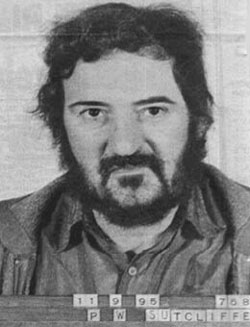On January 2, 1981, Peter Sutcliffe, the Yorkshire Ripper was
apprehended by British police, ending one of the largest manhunts in history.
For five years, investigators had pursued every lead in an effort to stop the
serial killer who terrorized Northern England. Sutcliffe was spotted in a
stolen car with a prostitute and arrested by Sergeant Robert Ring. Near the
scene of the arrest police found a hammer and knife, the Yorkshire Ripper's
weapons of choice. Sutcliffe confessed to the murders when confronted with this
evidence.
Peter Sutcliffe claimed his first victim Wilma McCann, on
October 30, 1975, she had been beaten with a hammer and stabbed multiple times.
Initially, he focused his attacks almost exclusively on prostitutes, killing
seven young women in Northern England between February 1977 and May 1978. Many
of the victims were mutilated after they were killed. As part of the manhunt,
authorities interviewed more than 250,000 people and searched thousands
of homes. Sutcliffe himself was interviewed nine times during the
investigation but always convinced detectives that he wasn't involved. In 1979,
a tape recording purportedly from the Yorkshire Ripper was sent to the police,
who were sidetracked by what later turned out to be a hoax. The public began to
panic when the Yorkshire Ripper stopped going after prostitutes and started
targeting college students. When Peter Sutcliffe was convicted, after an
unsuccessful insanity defense, he had killed 13 women, far more than his
namesake, Jack the Ripper. For his crimes, Sutcliffe received a sentence of
life in prison.



No comments:
Post a Comment